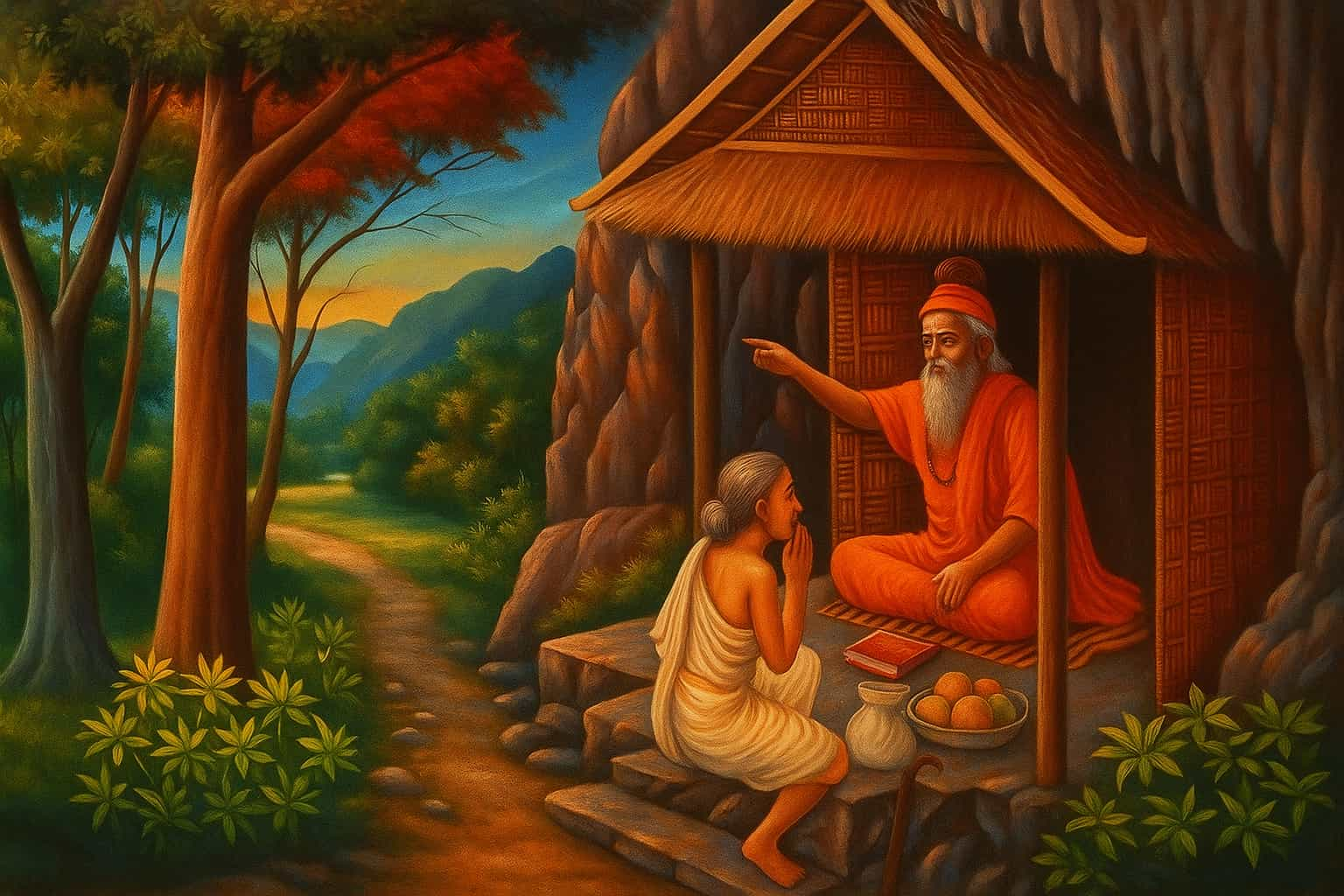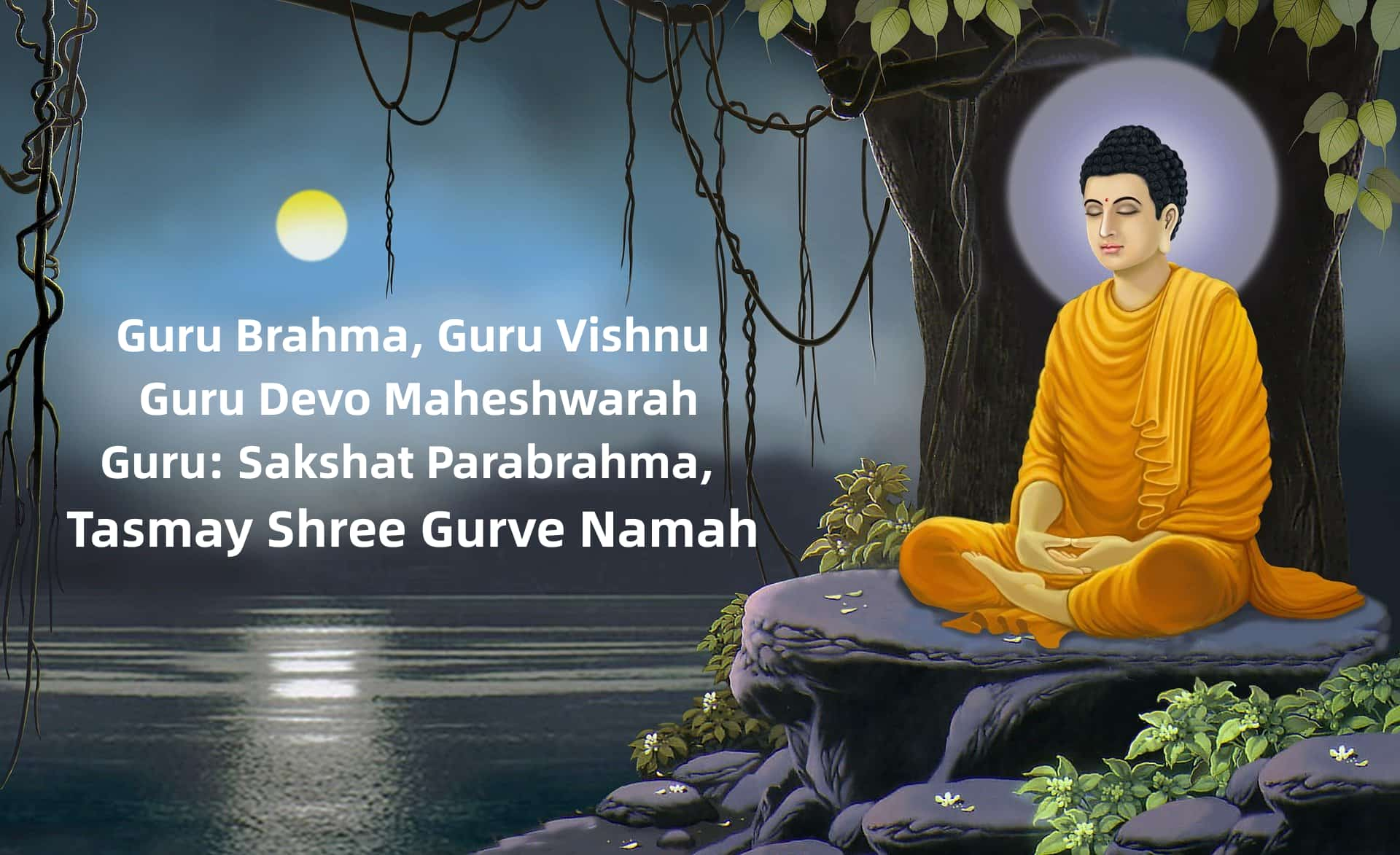In Indian culture, the place of Guru is considered even above God. Our scriptures say:
“Guru Brahma, Guru Vishnu, Guru Devo Maheshwarah
Guru: Sakshat Parabrahma, Tasmay Shree Gurve Namah”
Guru Purnima is the holy day when we express our respect, dedication and gratitude towards our Gurus, who are the guides of our lives. It is not just a religious festival, but a celebration of the Indian knowledge tradition. Every year this festival is celebrated on the full moon day of the month of Ashadh, which this year falls on 10 July 2025 (Thursday).
Guru Purnima 2025: Date and Muhurat
- Date: Thursday, July 10, 2025
- Purnima Tithi Start: July 10, 2025, 01:36 pm
- Purnima Tithi End: July 11, 2025, 02:06 pm
History and mythological significance of Guru Purnima
The history of Guru Purnima is very ancient and it is seen from many religious and philosophical perspectives. This festival is associated with three major events:
- Birth anniversary of Maharishi Ved Vyas:
Guru Purnima is also celebrated as Ved Vyas Jayanti. Maharishi Ved Vyas is known as the compiler of the Vedas, the author of 18 Puranas and the author of the Mahabharata. He divided the Vedas into four parts and organized them. For this reason he is called ‘Adi Guru’. - Lord Shiva as Adiguru:
According to Shiva Purana, Lord Shiva is also considered as Adiguru. He imparted the knowledge of yoga to the Saptarishis. He started imparting this knowledge on the day of Guru Purnima. - Preaching by Gautam Buddha:
Guru Purnima also has special significance in Buddhism. It is said that after attaining Nirvana, Lord Buddha gave the first Dharmachakra Pravartan sermon to his five disciples in Sarnath on this day.
Place and role of Guru in life
In ancient India, the education system was based on ‘Gurukul’, where students used to acquire knowledge by staying in the proximity of the Guru for years. The Guru not only donated knowledge, but also shaped the character, conduct and life values of the disciple.
The work of the Guru is not only to impart knowledge, but also to take from ignorance to light.
That is why Guru in Sanskrit means:
“Gu” means darkness (ignorance)
“Ru” means light (knowledge)
Guru is the one who takes the disciple from darkness to light.
How is Guru Purnima celebrated?
The role of Gurus has been very important in India since ancient times. Whether it is ancient civilization or modern era, the role of Gurus has always been considered important in the formation of society. Many types of religious and cultural programs are held on Guru Purnima. Traditionally, on this day, disciples offer flowers, fruits, clothes, dakshina etc. to their Guru and receive his blessings. Even today, this tradition is performed in different ways in schools, colleges, ashrams and institutions.
Main activities to be done on Guru Purnima:
- Bath and worship: Take a bath in the morning and wear clean clothes. Meditate on your Ishta and Guru.
- Worship of Guru: Offer flowers, Akshat, sandalwood, clothes etc. at the feet of the Guru. Remember his words and teachings.
- Satsang and discourses: Religious discourses, kirtans and bhajans are organized at many places.
- Charity: On this day, cow donation, food donation, clothing donation, etc. also have special significance.
- Vrat and fasting: Some people keep fast on this day to purify themselves and surrender at the feet of the Guru.
In today’s digital age, the definition and form of Guru has changed. Now Guru can be not only a person, but also an idea, book, video, and digital platform. Teachers, parents, mentors, spiritual gurus, any person who gives direction to life can be the Guru of our life.
But it is also true that in today’s time it has become difficult to identify the real Guru. Therefore, it is possible to attain a true Guru only through satsang, self-study and discretion.
Some inspirational examples of Guru-disciple tradition
Definition of Guru in the modern age

- Shri Ram and Guru Vashishtha:
Guru Vashishtha guided Ram to become not just a prince, but a Maryada Purushottam. - Krishna and Sandipani Muni:
Lord Krishna also received education by staying in the ashram of Sandipani Muni and revived the Guru’s son and gave Guru Dakshina.
- Shankaracharya and Govind Bhagwatpad:
Adi Shankaracharya got the purpose of his life from Guru Govind Bhagwatpad. This same Shankaracharya later became the reviver of Sanatan Dharma by establishing four Peethas.
An inspirational thought on Guru Purnima
- “Guru is not only the one who teaches,
- Guru is also the one who brings light in life.
- The one who becomes a lamp in the darkness, is called the true Guru.
Spiritual significance of Guru Purnima
Guru Purnima is a festival of self-introspection, self-purification and attainment of Guru’s grace. This day reminds us that for success in life, not only education is required, but also virtue, discipline and discretion – and this is what the Guru provides us.
Meditation, chanting, sadhana and self-study also have special significance on this day. This day is considered even more sacred especially for those who have received initiation from a Guru.
Guru Purnima is not just a festival, but an occasion of emotion, dedication and self-development. This day reminds us that the direction of life is incomplete without a Guru. Be it the field of education, business, or spirituality – only a true Guru can take you to your destination.
This Guru Purnima But bow down to your Guru, bring his blessings into your life, and resolve to make yourself a great disciple.
May your life always be illuminated by the grace of Guru.
Answer: This is optional. For those who are interested in spiritual practice or are initiated by a Guru, this fast is very fruitful.
Answer: Yes, if you are not in the proximity of your Guru, then you can meditate on him at home, worship him with devotion in front of a picture or book.
Answer: No, whoever teaches you in life – parents, teachers, spiritual gurus, guides in life – all are Gurus and should be respected on this day.


